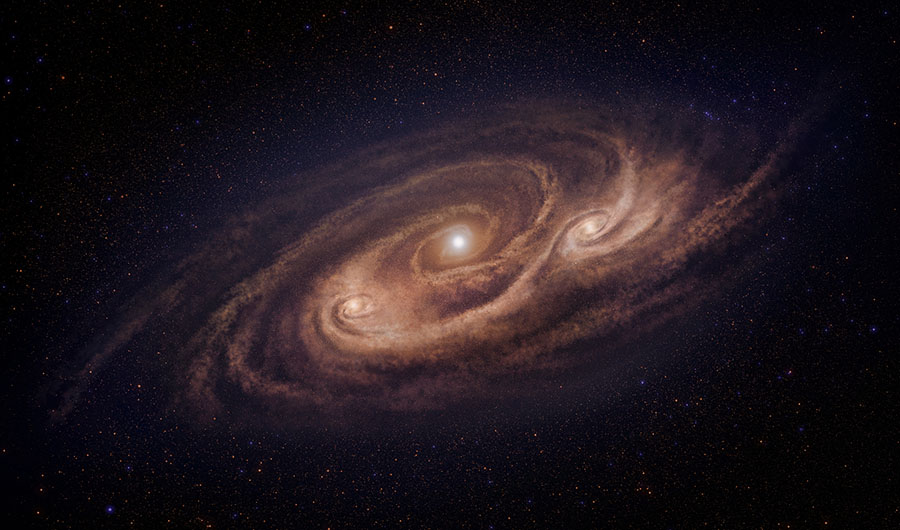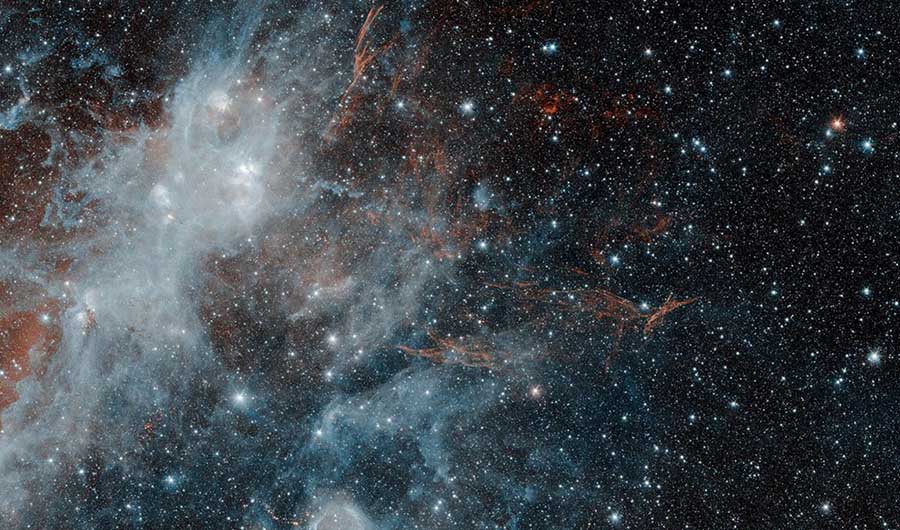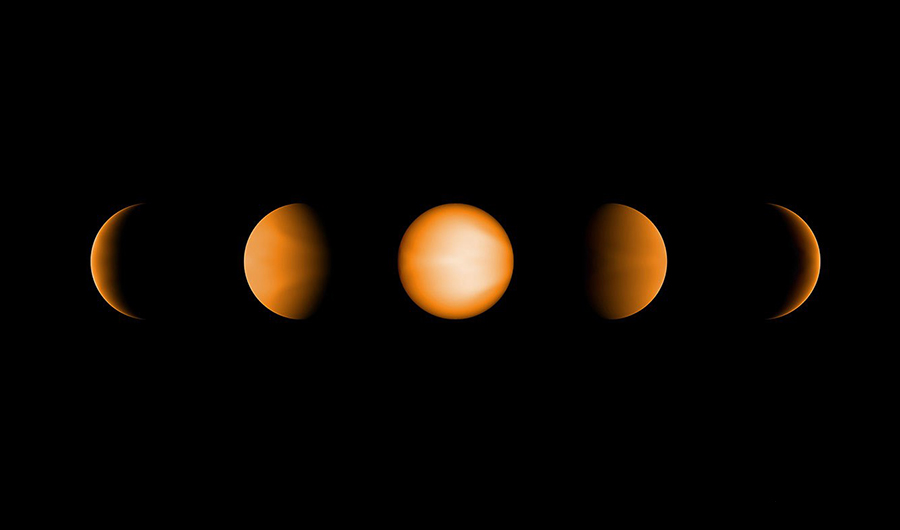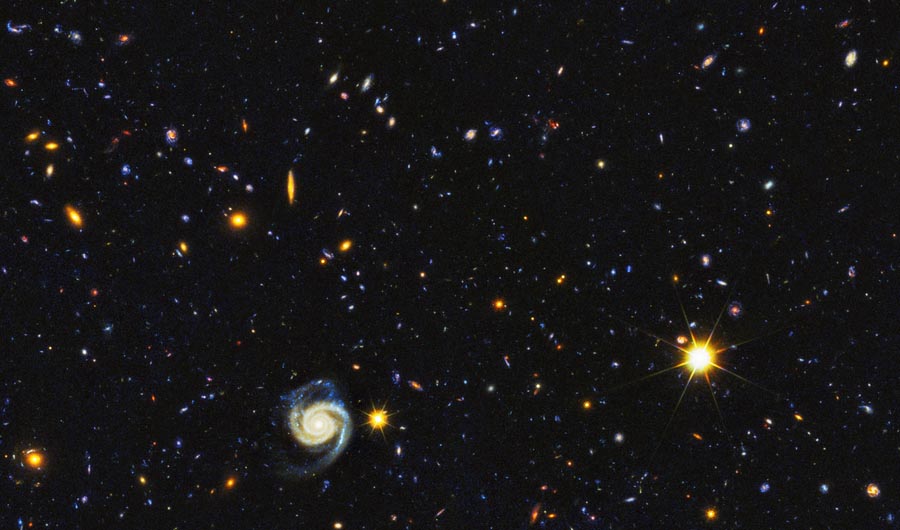August's Stunning Space Pictures
As summer winds down, savor images from some of the hottest, most magnetic, and awe-inspiring places in the universe.
Image
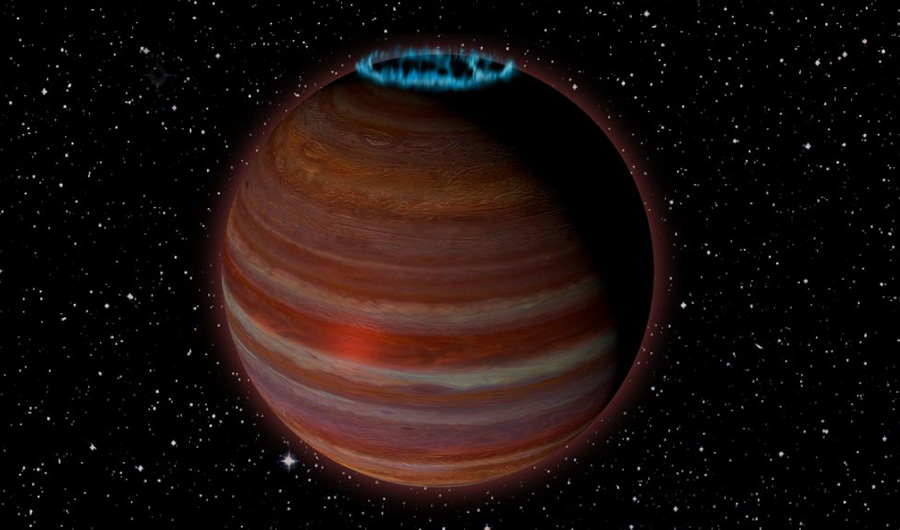
An illustration of an exoplanet 20 light-years away, with a mass 12.7 times the mass of Jupiter.
(Inside Science) -- In these last few scorching days of August, it is tempting to think of space as a cold vacuum of subzero temperatures. However, planets and star systems across the universe experience blazing temperatures, too. This month, enjoy pictures of a planet where the dog days happen year-round, as well as images of a galaxy so active it forms stars at a breakneck pace, and the cool, ghostly remnants of a long-dead star.
Filed under

